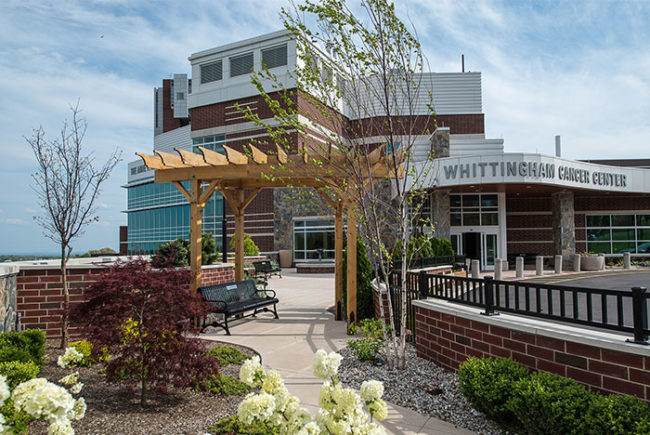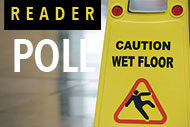The rapidly changing health care environment is a concern to many health care facility professionals. Changes in payment models and new regulations are just a few of the various factors contributing to the ever-shifting health care landscape. To adapt quickly to the rapid change hospitals face, health care facility professionals must stay on top of their games to survive and thrive in this new reality.
The ASHE Annual Conference & Technical Exhibition, which will be held Aug. 3–6 in Chicago, is an opportunity for facility professionals to learn new information they can use in their jobs, network with peers from around the country and find solutions to common health facility problems.
This year's programming theme, "Survival of the Fittest," underscores the importance of adapting to the new health care climate. Keynote speaker Travis Bradberry, co-founder of TalentSmart and co-author of the best-selling book, Emotional Intelligence 2.0., will discuss ways facility professionals can increase emotional intelligence, a skill that's responsible for nearly 60 percent of job performance. In this session, attendees will learn how to boost their "emotional quotient" using a step-by-step process that can help facility managers to stay ahead of the pack.
Another session allows attendees to assess their career fitness for the current health care environment. This panel discussion will examine the qualities that health care organizations need now and in the foreseeable future for those who manage the physical environment. By assessing your skills and strengths compared with what health organizations need, attendees can prepare a plan to achieve career fitness.
Sessions are divided into tracks focused on the following areas: compliance strategies; management development and business acumen; patient-focused strategies; fundamentals; operational excellence; planning, design and construction for the facility manager; and delivering value to the executive level. Attendees can choose sessions from each of the tracks to create a well-rounded educational experience tailored to their own needs.
In addition to the helpful educational sessions, the annual conference is also a chance to network with peers from around the country. The national conference includes several networking events, including an optional outing to the Adler Planetarium. Attendees also can connect with more than 300 exhibitors on-site to find out more about possible solutions for their health care facilities.
ASHE is offering a preconference preparation course for the Certified Healthcare Facility Manager (CHFM) exam to help those interested in pursuing a CHFM credential. The review course is offered on Sunday and the exam will be given on Wednesday.
Many health care facilities pay for their facility team employees to attend the conference. ASHE has resources for those who want to show their managers the value of attending the conference. A justification toolkit makes it easy to quantify the specific benefits that facilities experience when employees attend the conference. The toolkit also includes a customizable letter requesting approval for registration fees and travel expenses.
More information about the CHFM preparation course and exam, the attendee justification toolkit and the conference itself can be found at www.ashe.org/annual.
By Deanna Martin, communications manager for ASHE.
Important monographs available
ASHE makes important resources available to members. Following are two recently released monographs that can be accessed by ASHE members as free PDFs at www.ashe.org/resources/management_monographs.
• Life Safety Code Comparison. The 2012 edition of the National Fire Protection Association's Life Safety Code offers new design and compliance options for health care facilities that didn't exist in previous editions. This ASHE monograph provides an exhaustive list of the changes in the new edition and a detailed comparison with the 2000 and 2009 editions.
• Room Ventilation and Airborne Disease. This ASHE monograph examines research on how room ventilation affects airborne-disease transmission in health care facilities. Farhad Memarzadeh, Ph.D., PE, examines findings that consider the effects of air changes per hour on infection transmission.
Design guidelines available to industry through ASHE
The 2014 editions of the Facility Guidelines Institute's Guidelines for Design and Construction of Hospitals and Outpatient Facilities and the Guidelines for Design and Construction of Residential Health, Care, and Support Facilities can be purchased through ASHE at www.ASHEstore.com.




